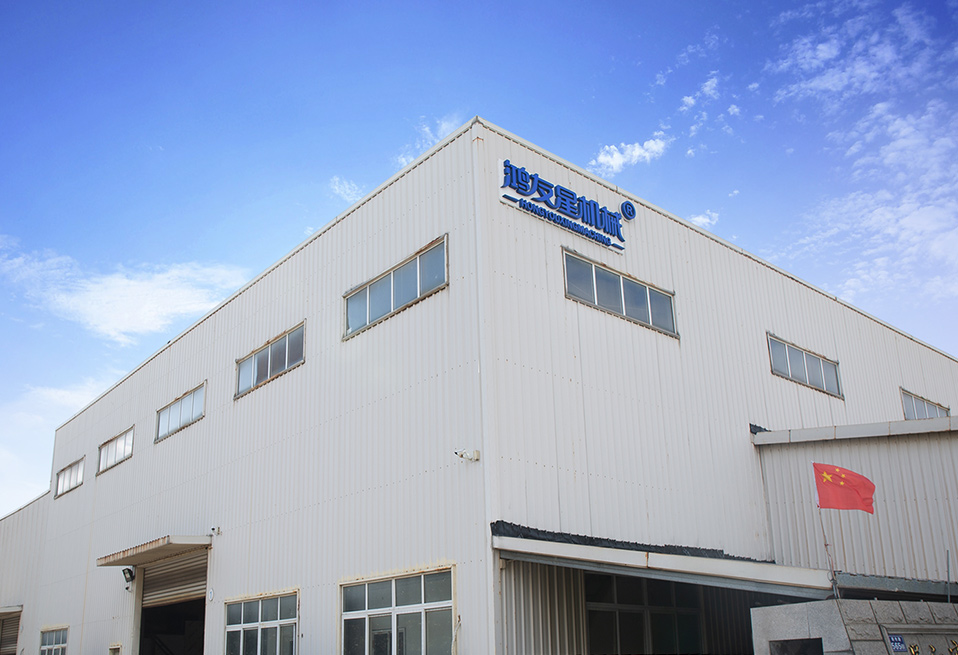Thermoforming Mould
In the positive and negative pressure thermoforming process, how is the heating and cooling system of the mold designed?
1. Heating system design
Design principles and objectives: When designing a heating system, the first thing to clarify is the design principles and objectives. This includes ensuring uniform distribution of mold temperature, reaching set temperatures quickly, saving energy and ensuring operational safety.
Selection of heating source: The heating source is the core component of the heating system, and its selection directly affects the heating effect and energy consumption. Common heating sources include electric heating tubes, electric heating films, infrared heaters, etc. Electric heating tube heating is stable and reliable and is suitable for large molds; electric heating film heating has the characteristics of uniformity and rapidity and is suitable for small and medium-sized molds; infrared heaters can achieve non-contact heating, reduce heat conduction losses, and are suitable for temperature control accuracy requirements Higher occasions.
Layout of heating elements: The layout of heating elements should be reasonably designed according to the shape, size and material of the mold. Generally speaking, the heating elements should be evenly distributed on the bottom and sides of the mold to ensure that heat can be evenly transferred to all parts of the mold. At the same time, it is also necessary to consider the heat conduction efficiency between the heating element and the mold, as well as the spacing and arrangement between the heating elements to optimize the heating effect.
Temperature control system: The temperature control system is a key component of the heating system. Its function is to monitor and adjust the mold temperature in real time to achieve precise temperature control. The system usually consists of a temperature sensor, a temperature controller and an actuator. The temperature sensor is responsible for monitoring the mold temperature in real time and feeding the data back to the temperature controller; the temperature controller compares the preset temperature curve with the real-time temperature data, and adjusts the power output of the heating element through the actuator to maintain the stability of the mold temperature.
Safety protection measures: The heating system should also have complete safety protection measures to ensure the safety and reliability of the operation process. This includes setting up overheating protection devices to prevent heating elements from being damaged due to overheating; setting up leakage protection devices to prevent safety accidents caused by electrical faults; and setting up emergency stop buttons to quickly cut off power in emergencies.
Energy saving and environmental protection: In the design of heating system, energy saving and environmental protection requirements also need to be considered. This includes selecting energy-efficient heating elements and temperature control algorithms to reduce energy waste; using environmentally friendly heating materials and insulation materials to reduce the impact on the environment; and optimizing the structural layout of the heating system to improve heat conduction efficiency and reduce heat loss.
2. Cooling system design
The main function of the cooling system is to quickly reduce the mold temperature after molding is completed to facilitate the next round of production. There are many aspects to consider when designing a cooling system:
Cooling method selection: There are two main cooling methods: water cooling and air cooling. The water-cooling system takes away heat through circulating water, and the cooling speed is fast, but it may cause water stains on the mold surface; the air-cooling system uses fans to generate airflow for cooling, and although the speed is slightly slower, it can avoid water stains.
Cooling channel design: The layout and size of the cooling channels directly affect the cooling effect. The channels should cover the entire mold surface as much as possible to ensure that heat can be quickly transferred to the cooling medium. At the same time, the size and shape of the channel also need to be optimized according to the actual conditions of the mold to achieve the best cooling effect.
Cooling medium circulation: For water cooling systems, it is necessary to design a reasonable circulation loop and pumping system to ensure that the cooling water can flow through the cooling channels evenly and stably. For air-cooled systems, the fan speed and angle need to be adjusted to achieve optimal airflow distribution and cooling effects.
3. Overall optimization and precautions
When designing heating and cooling systems, the following aspects also need to be considered for overall optimization:
Energy efficiency: Optimize the power and layout of heating elements to reduce energy waste; at the same time, adopt efficient cooling systems and energy-saving measures to reduce production costs.
Safety: Ensure that the heating elements and cooling systems work safely and reliably to avoid potential safety hazards such as leakage and short circuit.
Maintenance convenience: Design a structure that is easy to disassemble and clean, making it convenient for daily maintenance and upkeep.
The design of the heating and cooling system of the mold during the positive and negative pressure thermoforming process is a complex and delicate task. Through reasonable selection of heating and cooling methods, optimized layout and control system design, precise temperature control and efficient energy transfer can be achieved, thereby improving product quality and production efficiency.






